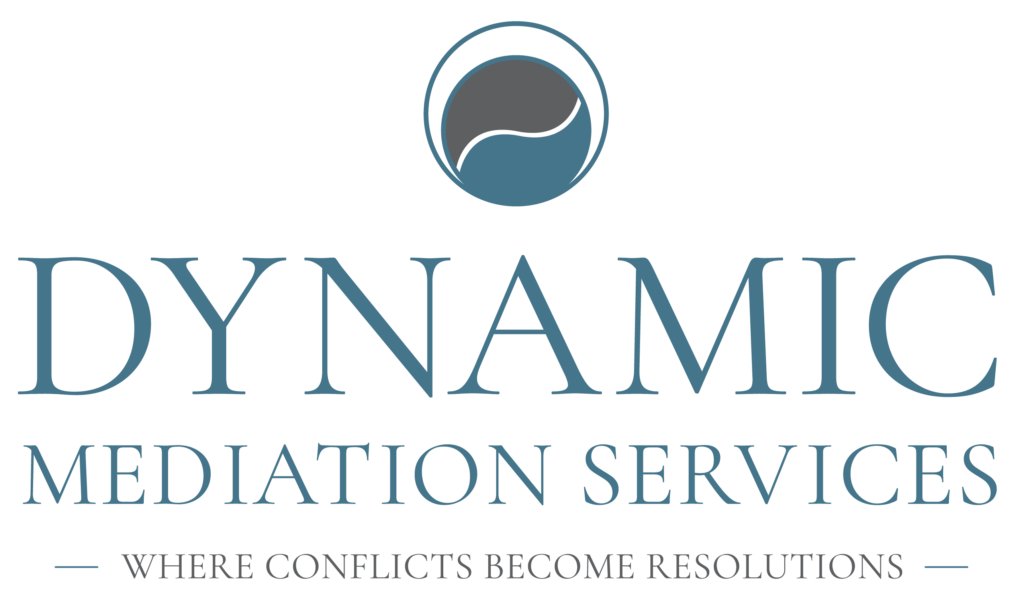
The Transformative Power of Restorative Justice in Mediation
Conflict, when left unaddressed, has a way of festering. Words left unsaid and injuries unacknowledged can create divides that feel impossible to cross. For those who have been harmed, moving forward may seem like forfeiting justice. For those who have caused harm, accountability often carries an unbearable weight. This is where restorative justice steps in—not to erase the past but to reshape how we engage with it.
The Foundation for Healing
Restorative justice is rooted in empathy and dialogue and prioritizes healing over blame. It’s a commitment to fairness. A mediator’s role in the process is to create an environment where each person feels heard.
A skilled mediator will actively listen to go beyond simply “staying unbiased.” The goal is to encourage honesty and create a safe space for vulnerability. Many people who have experienced harm find this particularly important. In adversarial settings, many people actively battle to express their pain, as the looming fear of dismissal or judgment weighs heavily on them.
On the flip side, those accused of causing harm can openly engage without feeling defensive. They don’t have to justify their actions to fully grasp the impact of their behavior. This acknowledgment can transform accountability into a proactive step toward reconciliation.
Conflict Turns Into Connection
Conceptually, restorative justice shifts the focus from punishment to progress with an emphasis on healing, accountability, and repair. It challenges traditional notions of justice that center solely on assigning blame and imposing consequences. Participants are encouraged to engage directly with the consequences of their actions. The process unfolds through three key steps:
- Acknowledge Harm – This sets the stage for a productive dialogue. Each participant shares their experiences by validating the emotional and tangible effects of the wrongdoing.
- Taking Responsibility – Those who have caused harm are asked to commit to meaningful action. This isn’t supposed to be a hollow apology or forced reparation. It should be an active step toward making amends in ways that resonate with those affected.
- Collaborative Resolution – The group works together to determine how best to repair the harm. The outcome might involve a formal apology, acts of restitution, or other agreed-upon actions. What’s important is that the solution feels fair and restorative to everyone involved.
Rather than focusing on what’s lost, this process encourages participants to explore what can be rebuilt. Many find that validation and accountability hold greater value than punishment.
Restoring Peace
Restorative justice doesn’t promise that every relationship can return to what it once was. Participants have a chance to reclaim their sense of self and take back control of their situation. For some, this means mending a fractured relationship. For others, it’s about letting go of resentment and finding closure.
One of the greatest benefits of this approach is that it emphasizes growth. Hopefully, participants will also leave with newfound skills in empathy, communication, and resilience that can help them in other areas of their lives.At Dynamic Mediation Services, we understand the courage it takes to confront conflict and seek resolution. Mediation promotes fairness, empathy, and collaboration so that every voice is valued in the pursuit of meaningful outcomes. Ready to take the first step? Contact us today at (843) 754-5572 and discover how we can help you restore peace and understanding.
